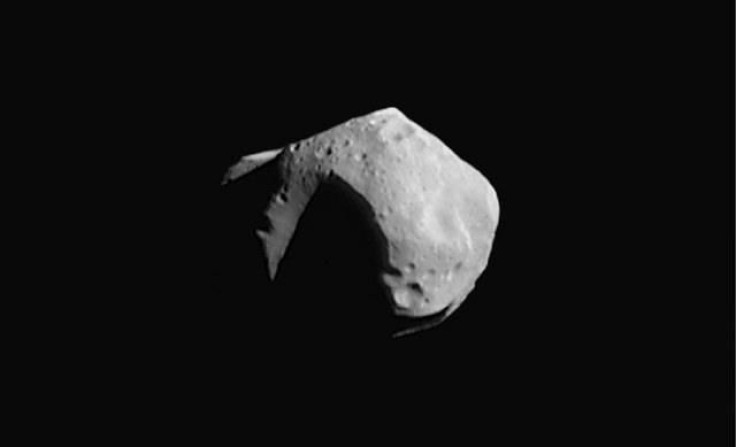
On January 18, NASA reported that there will be a potentially hazardous object that will fly pass Earth. Luckily, there is a free online tool to track the location of that and other asteroids passing Earth this 2022.
Asteroid Passing Earth 2022
In a recent Twitter post of NASA Asteroid Watch, a near-Earth asteroid named 1994 PCI is projected to fly past the planet on January 18.
Near-Earth #asteroid 1994 PC1 (~1 km wide) is very well known and has been studied for decades by our #PlanetaryDefense experts. Rest assured, 1994 PC1 will safely fly past our planet 1.2 million miles away next Tues., Jan. 18.
— NASA Asteroid Watch (@AsteroidWatch) January 12, 2022
Track it yourself here: https://t.co/JMAPWiirZh pic.twitter.com/35pgUb1anq
To further emphasize, Earth Sky reported that It is expected to be roughly 3,280 feet tall or about 1 km. Structurally speaking, this asteroid is about two and a half times the height of the Empire State Building.
For those wondering why it was named 1994 PC1, Robert McNaught discovered this asteroid in 1994 at the Siding Spring observatory in Australia. Because of its size and closeness to our planet, it is categorized as a "Potentially Hazardous Asteroid."
NASA stated that Potentially Hazardous Asteroids (PHAs) are classified based on factors that assess the asteroid's likelihood of making dangerously near encounters to Earth. PHAs are asteroids having a minimum orbit intersection distance (MOID) of 0.05 Astronomical Unit (AU) or fewer.
Earth Sky added that astronomers discovered the space rock on older photos from other sightings dating back to September 1974, using its journey as a guide. Its orbit has been well determined after 47 years of monitoring.
To explain how fast it approaches, the massive space rock is approaching at 43,754 miles per hour or 19.56 kilometers per second. Through this, skywatchers will be able to see the speedy asteroid due to its high speed.
Throughout the night, it will appear like a bright object, like a star, passing in front of background stars. The brightness of asteroid (7482) 1994 PC1 will be approximately magnitude 10. For viewers using a 6-inch or bigger backyard telescope from a dark-sky location, an object of 10th magnitude is a good target.
1994 PC1 is not likely to travel close to Earth again until the next century after its close approach on January 18.
How to Track Asteroid's Location
In case sky watchers want to know more about the space object's location, it is worth noting that there is an available NASA asteroid tracker tool that can be used interactively.
The said tool is accessible through the NASA Eyes On Asteroid website.
Eyes on Asteroids is a fully interactive website that visualizes the orbits of asteroids and comets around the Sun using scientific data, per NASA.
Anyone can now discover the asteroids and comets that approach Earth's orbital neighborhood--and the spacecraft that visits these objects. Through its new 3D real-time visualization tool, people can examine the asteroid with a click or a swipe.
On a positive note, downloading is not necessary to use NASA's Eyes on Asteroids, since it can be used through a smartphone, tablet or computer with an internet connection.
How to Observe Asteroid 1994 PC1 Online
Through The Virtual Telescope WebTV, viewers will be able to watch this deadly asteroid on January 18 at 8 p.m. UTC.
In addition to this, our previous report stated that interested fans should visit the website an hour ahead of time to view the introduction. It is also worth noting that this is a no-cost website, which means fans may watch it without having to pay for a subscription.
Fans who prefer to observe the night sky may still be able to view the asteroid.
It should be particularly visible to those in the northern hemisphere. To get the most out of the experience, viewers should set up a backyard telescope and choose a dark place. Viewing times may differ depending on the observer's location on the planet.









